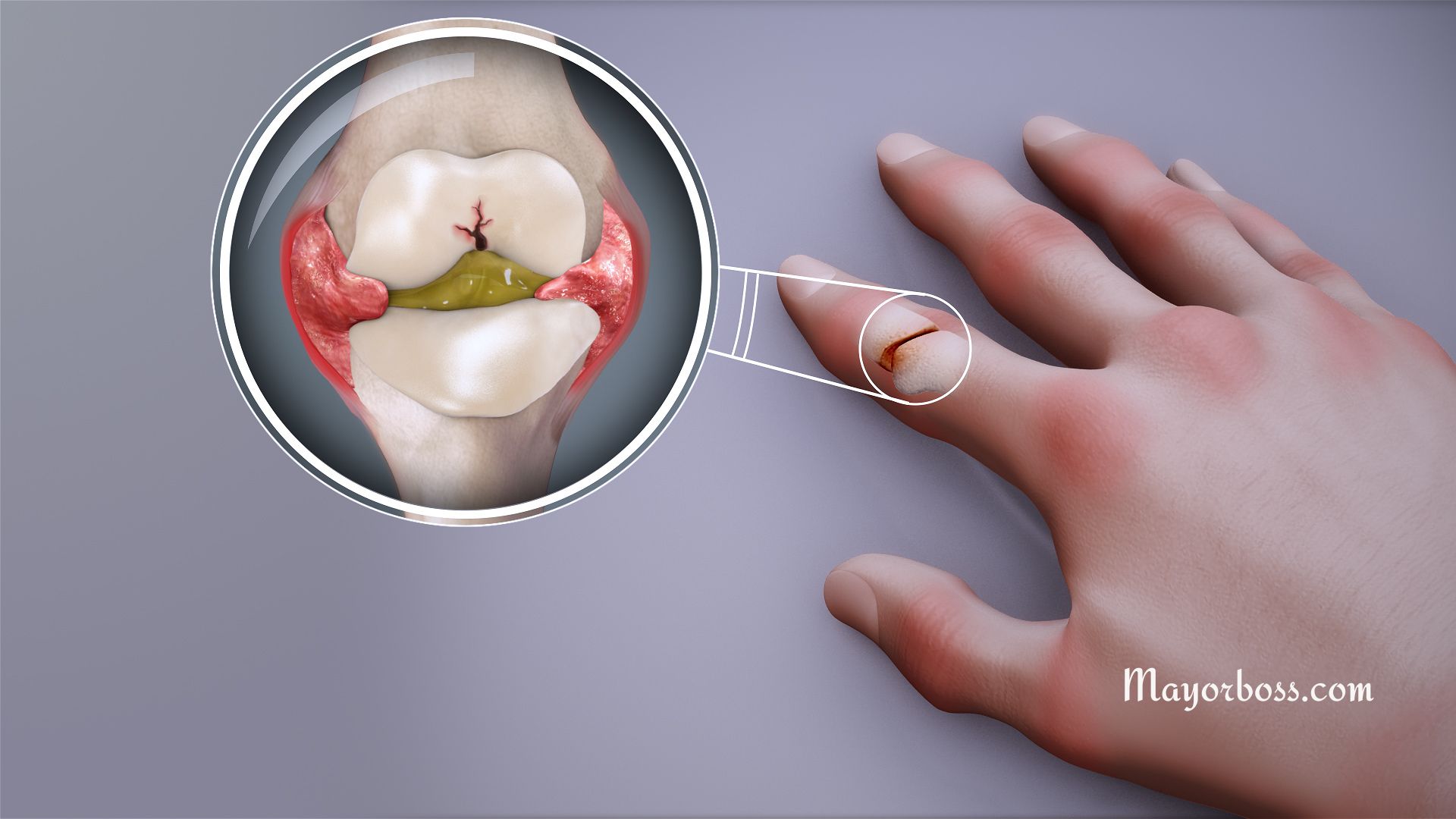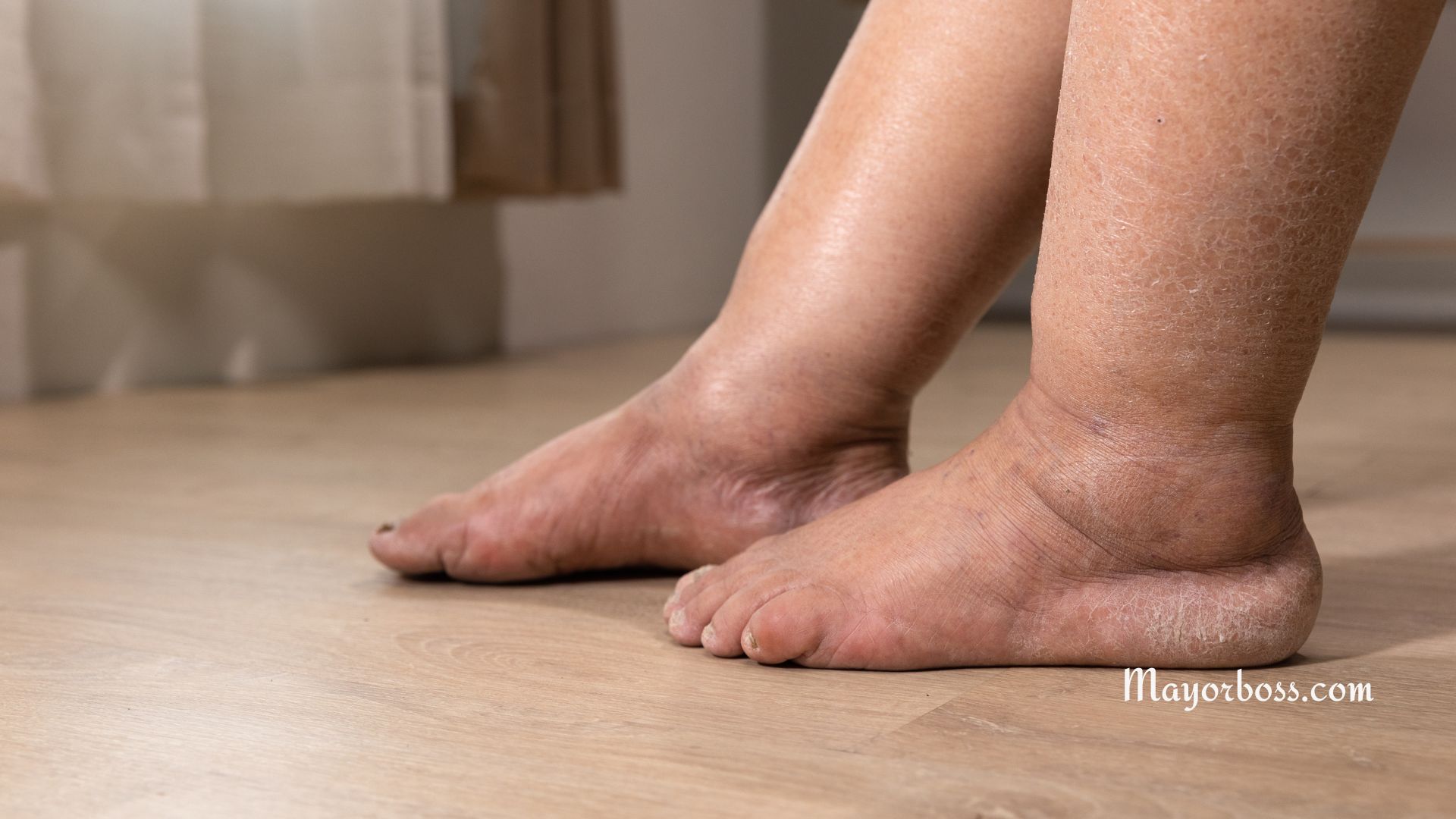What is Postural Orthostatic Tachycardia Syndrome (POTS)?
What is Postural Orthostatic Tachycardia Syndrome (POTS)? Postural Orthostatic Tachycardia Syndrome, commonly known as POTS, is a condition where your heart rate jumps significantly when you stand up from a lying or sitting position. This increase can cause a range of symptoms like dizziness, fainting, and rapid heartbeat. POTS is often associated with other conditions like chronic fatigue syndrome and Ehlers-Danlos syndrome.

What Happens in Your Body When You Have POTS?
When a person has POTS, their autonomic nervous system, which controls involuntary functions like heart rate and blood pressure, doesn’t work as it should. Normally, when you stand up, gravity pulls blood to your lower body. Your heart rate slightly increases and your blood vessels narrow to help blood return to your heart and keep your blood pressure steady. In POTS, this mechanism goes haywire. As a result, your heart rate spikes, and you may feel a range of uncomfortable or even debilitating symptoms.
Common Symptoms
Feeling Dizzy or Lightheaded
One of the most common symptoms of POTS is feeling dizzy or lightheaded upon standing. You might also feel like you’re about to faint, and in some cases, you may actually faint.
Rapid Heartbeat
Another symptom of POTS is a heart rate that increases by more than 30 beats per minute (bpm) upon standing or a heart rate that exceeds 120 bpm within the first 10 minutes of standing.
Fatigue
You might also feel extremely tired, regardless of how much sleep you get. This fatigue can affect your ability to carry out daily activities.
Other Symptoms
Additional symptoms can include shortness of breath, headaches, chest pain, nausea, shaking, and a feeling of “brain fog” where you can’t think clearly.
What Causes POTS?
Nervous System Imbalance
The exact cause of POTS is still not fully known. However, it’s generally believed that an imbalance in the autonomic nervous system plays a big role.
Underlying Conditions
POTS often occurs alongside other conditions like chronic fatigue syndrome, Ehlers-Danlos syndrome, and fibromyalgia.
Hormonal Changes
For some people, hormonal changes, like those that occur during pregnancy or menstruation, can trigger symptoms.
How is POTS Diagnosed?
Tilt Table Test
The most common diagnostic test for POTS is the tilt table test. During this test, you’ll lie on a table that moves from a horizontal to a vertical position. Your heart rate and blood pressure are monitored to see how they respond to the change in position.
Other Tests
Examples of other tests include blood tests, electrocardiograms (ECGs), and sometimes even exercise testing to assess your heart rate and blood flow.
Treatment
Lifestyle Changes
The most straightforward approach to managing POTS symptoms involves lifestyle changes. Hydrating well and consuming more salt can help improve blood volume and thereby alleviate symptoms.
Medication
Medications like beta blockers, which slow down the heart rate, can be effective. However, medication is generally considered a second-line treatment after lifestyle changes.
Physical Therapy
Some people find relief through physical therapy exercises that help improve blood flow.
Preventive Measures
Stay Hydrated
Drinking plenty of fluids can help maintain blood volume, which in turn can help prevent symptoms.
Gradual Position Changes
When moving from a sitting to a standing position, do it gradually. This gives your body time to adjust and can help minimize symptoms.
Regular Exercise
Light to moderate exercise can help improve symptoms over time by enhancing cardiovascular fitness.
In summary, Postural Orthostatic Tachycardia Syndrome is a complex condition that can significantly impact your quality of life. However, with appropriate diagnosis and treatment, most people can manage their symptoms effectively.






